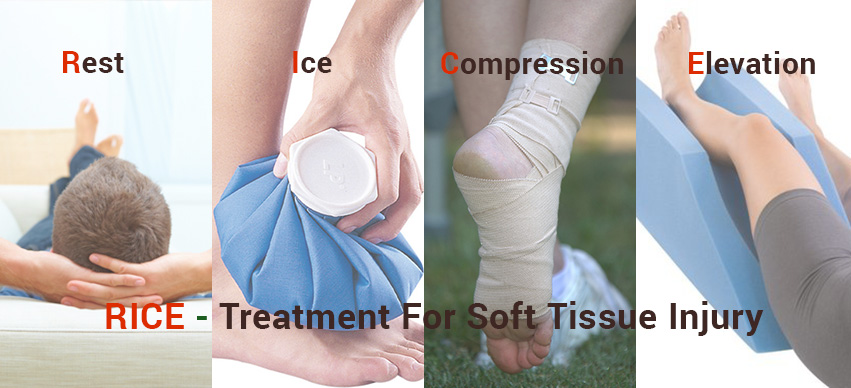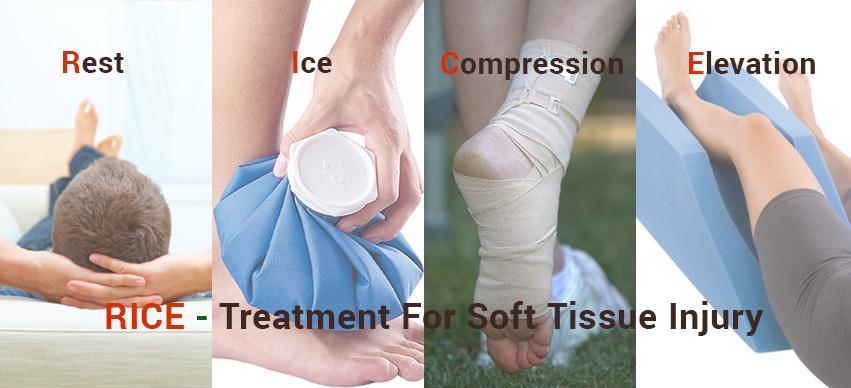Nanoparticle Therapy – An Emerging Cancer Treatment
5 Min Read


RICE stands for Rest, Ice, Compression and Elevation. RICE is a mode of therapy that is used to treat Soft tissue injuries. Before you can understand RICE, you need to understand Soft injuries first.
Soft tissue injuries are any injuries or damage to muscle, ligaments or tendons. The damage to the soft tissues causes release of some cytokines or cell mediators which cause swelling and pain. This is the main cause for the pain, swelling and redness.
The main aim of RICE is to reduce the swelling. Reducing the swelling will also help in reducing the pain. For this article, let us assume that you have injured your ankle. Injuring the ankle is one of the most common injuries. When the ankle is injured, the damaged cells release histamine and other toxins which cause swelling and pain. One of the best ways to treat this is to start RICE to help you recover quickly.
Rest the ankle and avoid walking if you can. Also, use crutches take weight off the leg. If the injury is at another place, please avoid lifting heavy weights or straining the area. Rest reduces the release of histamine or other cytokines and helps stop the swelling.
Icing is one of the most effective ways to reduce the swelling. Icing needs some practice and you should never ice an area till it becomes completely numb. An effective rule to follow is the 15/45 minute rule. Ice the ankle (or other place of injury) for 15 minutes till it is just numb. After that, leave the area off the ice for 45 minutes. You can repeat the Icing as many times as you like or is possible.
Compression of the ankle is one more way to reduce the swelling. You can use an ankle sleeve or a Crepe bandage will help to reduce the swelling. Ensure that the Crepe Bandage is not too tight or too lose to prevent the blood flow from stopping there or not helping the swelling to reduce. Usually, compression is only possible when a limb is being compressed. Do not leave the compression on for too long and stop immediately if the fingers or toes become numb.
Elevating the limb is another way to reduce the swelling. When the limb is elevated, the venous return from the swelling to the heart increases. Thus, my putting 2 to 3 pillows under the leg will cause the blood or the edema fluid in the swelling to reduce. This will help to passively reduce the swelling.
In recent time, more methods have been introduced to help reduce the swelling. You can reduce the swelling by using Ibuprofen cream locally at the ankle or at the injury to reduce the swelling. Also, you can take tablet Ibuprofen up to 4 times a day to help reduce the swelling.
Another method you can use is to heat the area of injury to promote the blood flow and reduce the swelling. Also, you can massage the area to help reduce the swelling as well.